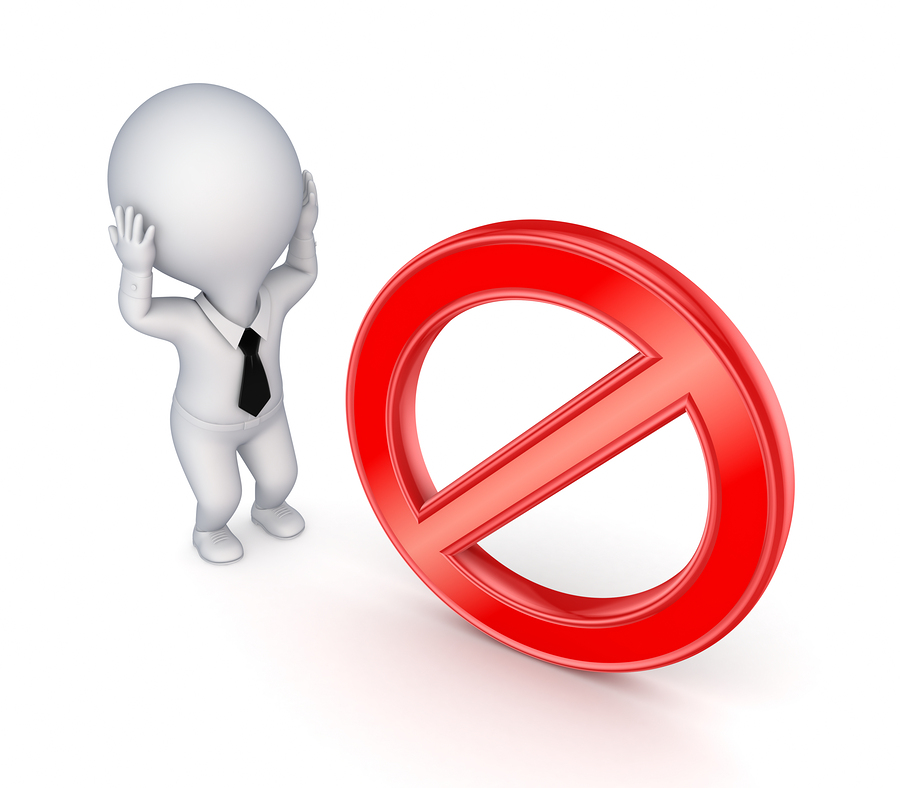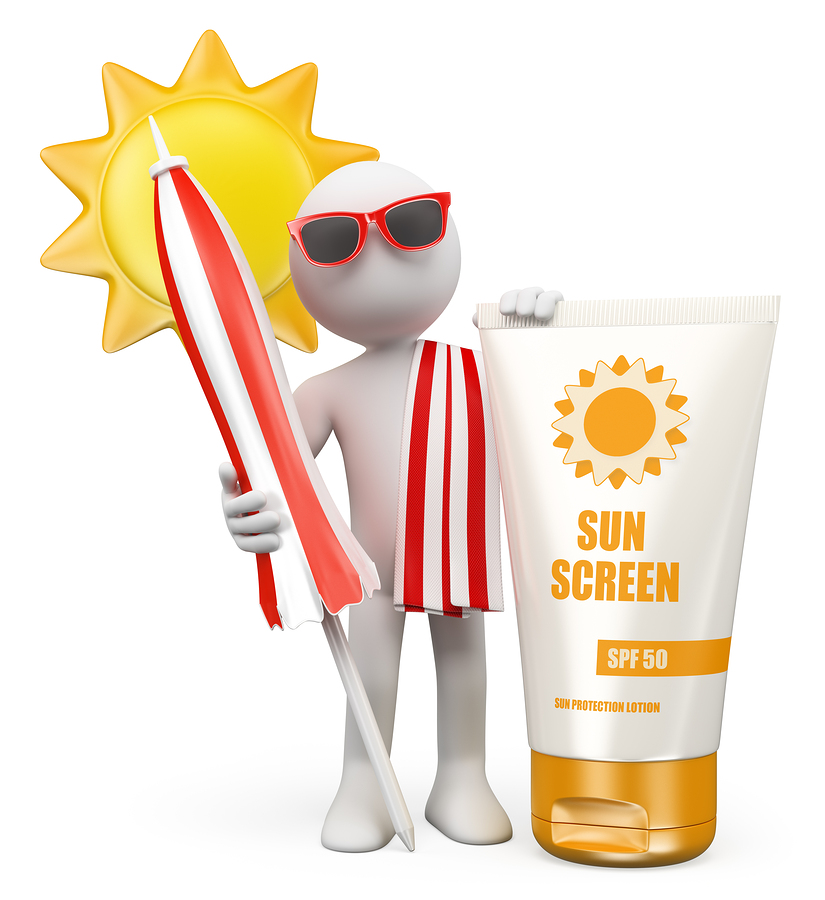Over the past few weeks in this space we have discussed a concept called "Regrettable Substitutions." Simply put, regrettable substitutions are personified by a rush to replace product ingredients suspected to be harmful with something that turns out to be even worse. We've talked about uneven scientific support for banned substances propped up by a media frenzy for everything from being "BPA-Free" and removed GMOs, to exchanging phthalates for DINCH, which may be an even worse metabolic disruptor. Bottom line, choosing the right combination of ingredients for drinkware and ingestibles in the promotional products industry has never been more difficult to discern.

Now comes yet another instance where public opinion has been enflamed to a point that far exceeds the actual risk. Parabens, used as a preservative since the 1950s in about 85 percent of cosmetic products, are the latest ingredients to fall from favor. As New York City dermatologist Fran E. Cook-Bolden told
Real Simple, "Parabens have a long history of safe use, and that's why they're commonplace. New preservatives have less of a proven track record."
The most common of the parabens are butylparaben, methylparaben, and propylparaben, and they are frequently used in combination in personal care products. The Food and Drug Administration has concluded that parabens are safe up to concentrations of 25 percent. Typically parabens are used at levels from 0.01 percent to 0.3 percent, which is nowhere close to threat level. So why are we now seeing more and more paraben-free products?
In the late 1990s it was thought that parabens were xenoestrogens, capable of causing estrogen disruption, which has been linked to breast cancer and reproductive issues. A 2004 British cancer study found parabens present in malignant breast tumors. But critics of that same study point out that noncancerous tissue from healthy breasts hadn’t been examined to see if parabens were also present there, meaning the net result of parabens in tumors doesn't prove that they CAUSED the cancer. All of this just leads to concern about the unknown, and another case of "regrettable substitution."
 Brandon Mackay, president and CEO of SnugZ USA, an industry leader in personal care products, says as a general rule, SnugZ USA gravitates away from chemicals that have a bad public rap, regardless of the science. "Once the public/media gets something in its collective heads, it is hard to convince them otherwise," Mackay said. "This is also our position with Oxybenzone (a common additive in suncreens). Only one of four types of Oxybenzone is banned by Prop 65. The type we were using was not the type banned. But you can't explain that to the public. So, we dropped it all together." Mackay went on to say that media fanning the flame of fear is really just marketing. "Those causing the stir have an agenda, and it is not always clear what that agenda is. They say they just want to inform the public so that they may make informed decisions. But that, I believe, is nonsense, especially when the science differs from the marketing claims."
Brandon Mackay, president and CEO of SnugZ USA, an industry leader in personal care products, says as a general rule, SnugZ USA gravitates away from chemicals that have a bad public rap, regardless of the science. "Once the public/media gets something in its collective heads, it is hard to convince them otherwise," Mackay said. "This is also our position with Oxybenzone (a common additive in suncreens). Only one of four types of Oxybenzone is banned by Prop 65. The type we were using was not the type banned. But you can't explain that to the public. So, we dropped it all together." Mackay went on to say that media fanning the flame of fear is really just marketing. "Those causing the stir have an agenda, and it is not always clear what that agenda is. They say they just want to inform the public so that they may make informed decisions. But that, I believe, is nonsense, especially when the science differs from the marketing claims."
Switching from a low-risk problem with high publicity, to what could be a real problem in YOUR home with not enough publicity, let's consider laundry pods. If you are using these convenient laundry aids in a home with young children, you should realize that it's very difficult for them to NOT think they are candy. Brightly colored, made from soft plastic, smelling good and squeezable, it's easy to understand why children might be attracted to them.
Three years ago, Consumer Reports sounded the first alarm of danger, pointing out that when ingested, the detergent in the pods was much more poisonous than traditional detergent, as it is much more concentrated. The larger manufacturers responded with child-resistant lids on the containers, and made the packaging opaque. Still, with 20 percent of households now using these pods, poison control centers fielded 33,000 calls over a three-year period. According to the Consumer Product Safety Commission, the biggest danger is with one- and two-year-olds and symptoms include loss of consciousness, difficulty breathing, excessive vomiting, severe eye burns, and temporary vision loss. While the CPSC advises prevention, keeping the pods in original packaging and stashed safely high, up and away from young children, there is a Poison Help number to call immediately, 1-800-222-1222.
As for Consumer Reports, they are still doing their part. Last week, they stopped making recommendations on ANY laundry pod product. If you are still going to use them, please keep them out of reach of young children.
Jeff Jacobs has been an expert in building brands and brand stewardship for more than 30 years. He’s a staunch advocate of consumer product safety and has a deep passion and belief regarding the issues surrounding compliance and corporate social responsibility. He is the executive director of Quality Certification Alliance, the industry’s only non-profit dedicated to helping suppliers provide safe and compliant products. When he's not working, you can find him traveling the world with his lovely wife, working as a volunteer Guardian ad Litem, or sometimes even enjoying a cigar at his favorite local cigar shop. Follow Jeff on Twitter, or reach out to him at jeff@qcalliance.org.